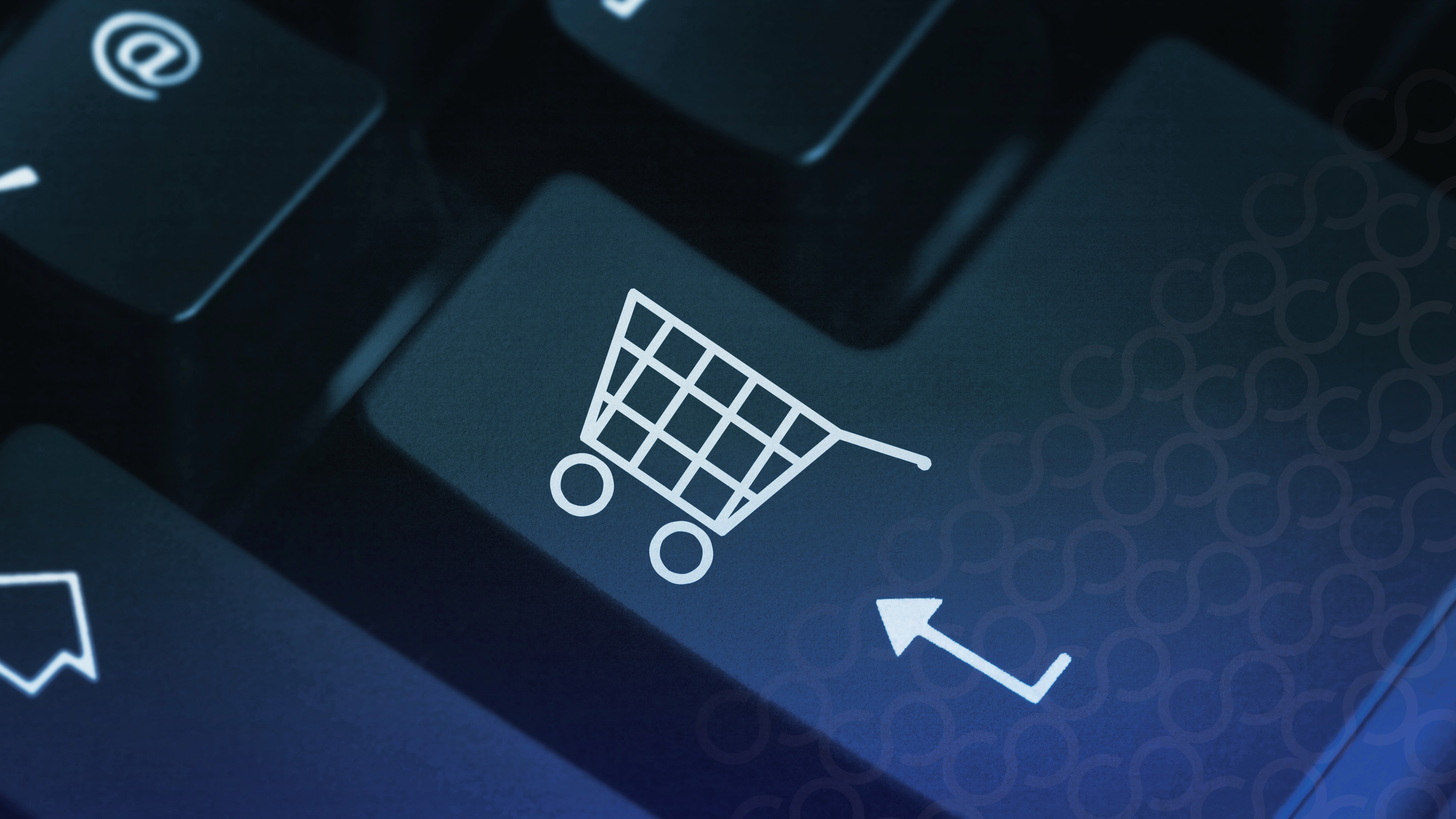Avoiding Stockouts 101: How to Prevent Leaving Customers Empty-Handed

It’s 8:32am on Black Friday. One of your products just went viral on TikTok. Orders are pouring in and suddenly, the dreaded red text appears: Out of Stock.
It’s an ecommerce seller’s worst nightmare.
Whether you’re selling apparel, skincare, supplements, or home goods, stockouts don’t just lose you a single sale, they chip away at your reputation, customer loyalty, and bottom line. And they’re more common (and costly) than you think.
An IHL Group study¹ estimated that inventory distortion, which includes both stockouts and overstocks, cost global retailers a staggering $1.77 trillion in 2023.
In this guide, we’re covering practical advice for stockout prevention, tailored for ecommerce and CPG businesses selling finished goods.
We’ll break down:
Why stockouts happen in the first place
The ripple effects they have on your business
Simple, practical strategies to prevent them before they happen
Let’s dive in!
What Is a Stockout?
A stockout occurs when a product is unavailable for sale due to depleted inventory. It affects both physical and online retailers, but in this post, we’re zooming in on e-commerce and CPG brands.
Short-term stockouts may result from sudden demand spikes (think viral social media mentions), while longer-term stockouts often point to deeper operational issues like poor forecasting or supply chain breakdowns.
6 Reasons Why Stockouts Happen
More often than not, stockouts are preventable. Here are the top reasons why they happen:
1. Poor Demand Forecasting
Underestimating seasonal demand or planned promotions
Lack of historical sales analysis or campaign planning
2. Supply Chain Delays
Manufacturer or vendor delays
Shipping hold-ups, customs bottlenecks
Global disruptions such as container shortages
3. Inventory Inaccuracies
Manual miscounts or spreadsheet errors
Receiving discrepancies not updated in the system
4. Lack of Real-Time Visibility
Inventory not synced across sales channels or warehouses
Delays in reflecting available stock
5. Limited Safety Stock
No buffer for unexpected demand or shipping delays
6. Overly Lean Operations
“Just in time” inventory models without contingencies
No flexibility for unexpected changes
The Real Impact of Stockouts
Stockouts are more than just a missed sale, they disrupt your entire operation. Now that we’ve looked at what causes stockouts, let’s take a look at the impact they can have on your business.
Lost Sales and Revenue
Customers can’t buy what’s not available. Many won’t wait, they’ll head straight to a competitor.
Customer Frustration and Brand Damage
Disappointed shoppers leave negative reviews or lose trust altogether. For e-commerce brands, trust is everything.
Loss of Customer Retention
In e-commerce, your customer’s lifetime value (LTV) matters. A single bad experience can prevent a second (and third) purchase.
For Amazon Sellers: Loss of Buy Box Share
Even if you restock later, Amazon’s algorithm favors sellers with consistent availability. Stockouts hurt your ranking and future sales potential.
Operational Disruption
Stockouts create extra work. Your customer service teams will be flooded with “When will this be back?” messages and they’ll have to coordinate backorders. Marketing spend will be wasted driving traffic to sold-out pages. It’s simply not efficient.

7 Smart Strategies to Prevent Stockouts (Before They Cost You)
Stockouts don’t just happen overnight. They’re usually the result of small cracks in your systems that compound over time. The good news? With the right data, tools, and safeguards in place, they’re almost always preventable.
Here’s how to keep your shelves stocked and customers happy:
1. Turn Historical Data Into Smarter Forecasts
If you’re still forecasting based on guesswork or gut feel, you’re already behind. Don’t just look at last year’s Black Friday numbers. Factor in your ad calendar, inventory velocity, and lead time variability. Great forecasting isn’t about averages; it’s about precision.
Goflow helps you leverage historical sales, seasonal trends, and even upcoming promotions to predict future demand with confidence, giving you the insight you need to make strategic decisions.
For a deeper dive into improving your demand forecasting, check out our Inventory Forecasting Guide: How to Predict Demand.
2. Build in Buffers with Par Levels + Safety Stock
Set smart par levels that trigger reorders before you hit panic territory. Goflow makes it easy to customize safety stock thresholds based on SKU-level movement, so you’re not overstocking slow movers or underestimating your bestsellers.
Think of it like insurance, you don’t need to over-order, just pad against the unpredictable (viral posts, supplier hiccups, delayed containers).
3. Automate Reordering (and Stop Playing Inventory Whack-a-Mole)
Manual reordering leaves too much room for error. Goflow uses real-time stock data to automate reordering workflows, generate purchase orders, and sync with your vendors, without you having to hover over spreadsheets. You can integrate your tech stack across all marketplaces and channels. You’ll get alerts before you go out of stock, not after.
It’s not just automation, it’s peace of mind. To learn more about how inventory automation can save time, reduce errors and streamline multi-channel ecommerce operations, check out our blog post “Work Smarter, Not Harder: The Power of Automation for Inventory Management.”
4. Eliminate Phantom Stockouts with Real-Time Sync
Products sitting in a warehouse but not showing as available online? That’s a phantom stockout, and it’s more common than you think. When your systems talk to each other, you sell more and scramble less. Goflow ensures your inventory is always in sync across warehouses, sales channels, and fulfillment partners.
5. Rethink Your Fulfillment Strategy
Relying on a single warehouse or 3PL can bottleneck your entire operation. It’s better to diversify your fulfillment, so you can spread the risk over multiple sources and reduce single points of failure in your supply chain.
Goflow helps you optimize fulfillment by routing orders based on inventory availability and geographic proximity, so you ship faster, and stay in stock longer.
6. Make Inventory Audits a Habit, Not a Headache
Regular cycle counts should be a part of running your business. If you can catch a miscount during a cycle count, it’s a minor fix. If you don’t catch it until after a stockout, that’s a lost customer. Schedule regular cycle counts and spot checks, so you can identify discrepancies early before they impact stock levels.
Also, combine physical checks with digital tracking. Goflow helps to prevent stockouts before they happen with real-time inventory management.
7. Treat Supplier Relationships Like Strategic Assets
Your vendors aren’t just vendors, they’re partners in your customer experience. It’s important to keep your supplier relationships strong, so you can maintain open communication and clear lead times and negotiate flexible restock terms if possible. Also, it’s a good idea to have backup suppliers or sourcing options for key SKUs.
If Stockouts Still Happen
Even with great systems, the occasional stockout can sneak through, especially during sudden demand spikes or supply chain hiccups.
Here’s how to minimize the damage:
Communicate quickly: Let customers know when the product will be restocked.
Offer alternatives: Suggest similar or related products still in stock.
Review what went wrong: Was it poor forecasting, a supplier issue, or tech failure?
Fix the gap: Adjust safety stock levels, review supplier lead times, or reconfigure automations to prevent a repeat.
Don’t Let Stockouts Catch You Off Guard
Stockouts may seem like a minor inconvenience, but the ripple effects can hit your sales, reputation, and operations hard.
The good news? With smart tools, better planning, and a few proactive strategies, you can prevent stockouts before they happen.
Goflow gives finished goods businesses the real-time visibility, automation, and supply chain control they need to stay ahead, and keep customers happy.
Ready to stop losing sales to stockouts?
Don’t wait for your next stockout to cost you. Let Goflow show you a better way to stay in stock, and stay ahead. Sign up for a demo today.
¹ IHL Study: Inventory Distortion Will Cost Retailers $1.77 Trillion in 2023 - https://www.retailtouchpoints.com/features/industry-insights/ihl-study-inventory-distortion-will-cost-retailers-1-77-trillion-in-2023
